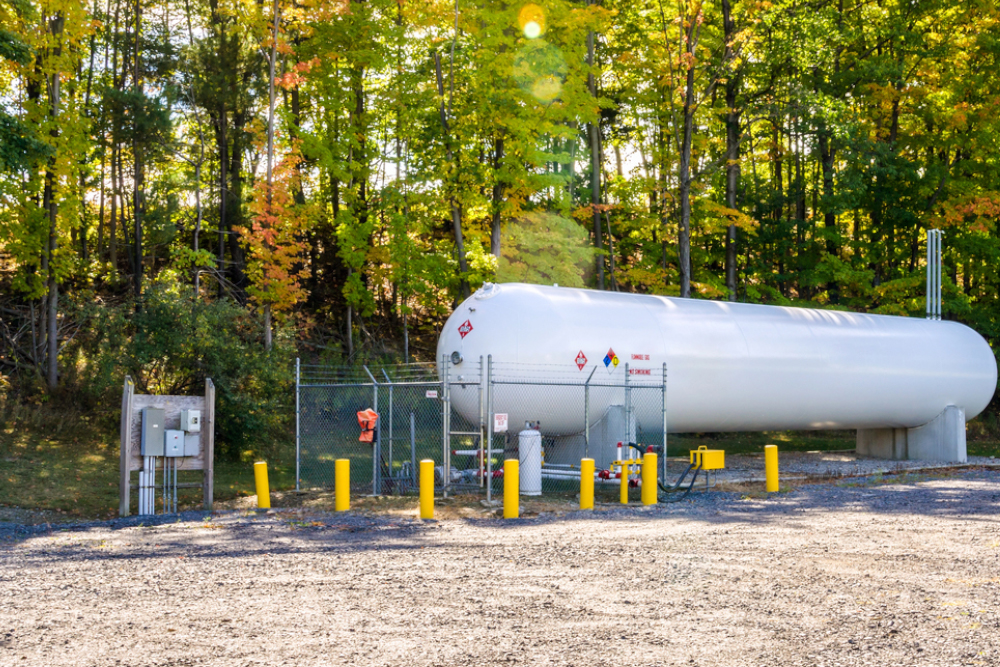Guide To Commercial Fuel Tank Installation For Businesses
When a business depends on a consistent fuel supply, the quality and safety of its storage system are vital. A carefully planned commercial fuel tank installation supports efficient operations, meets industry regulations, and delivers long-term cost savings.
Installing a commercial fuel tank involves more than simply placing a container on-site. It requires strategic planning, strict adherence to safety standards, and foresight for future needs.
Aero Energy knows that every business has unique fueling requirements, and a well-executed installation can make a significant difference in daily operations. This guide walks you through the essential steps and considerations for installing a commercial fuel tank that works for your business today and in the years ahead.
Assessing Your Fuel Needs
Determining the right tank starts with understanding fuel consumption and delivery frequency. Fleet size, seasonal demand, and operating hours all influence capacity requirements. A tank that is too small results in frequent refills and higher delivery costs. An oversized tank ties up capital and can require additional maintenance.
Assessing your fuel needs also involves deciding between above-ground and underground tanks. Above-ground tanks are easier to install and inspect, while underground tanks save space and may offer better protection from temperature extremes. The choice often depends on available space, environmental considerations, and local regulations.
Meeting Compliance and Safety Standards
Commercial fuel tank installation must comply with strict environmental and safety regulations. OSHA, EPA, and local authorities have guidelines covering everything from spill prevention to venting and overfill protection. Skipping compliance checks can lead to hefty fines and operational disruptions.
Key safety considerations include making sure the tank is constructed from approved materials, has adequate secondary containment to prevent leaks, and is placed in a location that allows safe access for refueling. Regular inspections and maintenance schedules should be set up from day one to ensure ongoing compliance.
Working with a professional installer experienced in commercial fuel systems helps you navigate the regulatory landscape and guarantees that your tank meets all necessary standards.
Choosing the Right Location
The location of your fuel tank affects both safety and convenience. Tanks should be placed on stable ground, away from areas with heavy traffic, and at a safe distance from buildings, ignition sources, and environmentally sensitive zones.
Accessibility for delivery trucks is also important — poor placement can result in delays or hazards during refueling. At the same time, the site should be secured to prevent unauthorized access and potential vandalism. A fenced area or lockable enclosure is often recommended, especially for above-ground installations.
Installation Process and Professional Assistance
A professional commercial fuel tank installation begins with a site survey. The installer evaluates the terrain, checks for underground utilities, and confirms the tank’s positioning. Proper groundwork preparation, such as creating a stable foundation or excavation for underground tanks, is necessary for long-term stability.
Once the tank is in place, it must be connected to your fuel delivery and dispensing systems. This process includes installing piping, pumps, gauges, and any monitoring technology required for tracking fuel usage. Leak detection systems and alarms can further enhance safety and prevent costly environmental damage.
After installation, the system undergoes rigorous testing to confirm that all components function correctly and meet compliance requirements.
Maintenance Planning for Longevity
Even the most precise installation will not deliver lasting performance without a well-structured maintenance plan. Regular inspections should be carried out to identify early signs of corrosion, wear, or leakage before they develop into costly repairs. For underground tanks, periodic pressure or integrity testing is crucial for detecting hidden issues that may go unnoticed until significant damage occurs.
Cleaning the tank at scheduled intervals helps prevent sediment, algae, or microbial buildup, which can degrade fuel quality, clog filters, and harm connected equipment. Maintenance planning should also address components such as pumps, gauges, and leak detection systems to confirm they are functioning correctly.
Working with your installer or service provider to establish a detailed maintenance schedule keeps the tank operating at peak performance.
Partnering with Experts
Choosing a partner like Aero Energy for your commercial fuel tank installation means working with a team that understands both the technical and regulatory aspects of fuel storage. With professional guidance, your business can enjoy a safe, efficient, and compliant fuel system that supports operations without unnecessary interruptions.
In addition to commercial projects, our team also provides expert fuel tank installation services for residential properties, delivering the same level of safety, quality, and reliability.
What to Keep in Mind
A successful commercial fuel tank installation depends on thorough planning, adherence to regulations, skilled installation, and consistent maintenance. Taking the time to assess your needs, choose the right tank, and partner with experienced professionals helps secure a dependable fuel supply for your business.
With the proper system in place, operations remain protected and fuel storage continues to meet current safety and efficiency standards.
